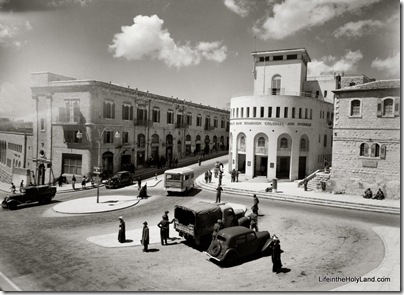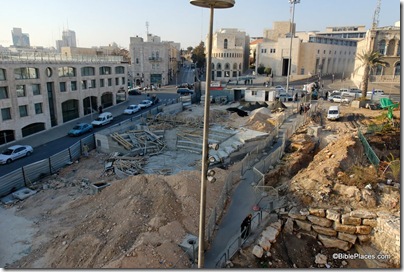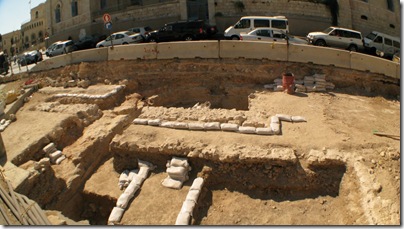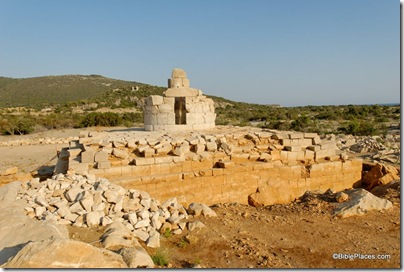A Second Temple period hall near the Western Wall has been excavated and restored. The “Hall of Ages” is scheduled to be opened to the public in a few weeks. HT: Joe Lauer
The Baptist Press has a story on the “Joseph coins,” in which they quote Steven Ortiz and Robert Griffin as skeptical.
G. M. Grena has some comments about the upcoming ASOR meetings at his LMLK blogspot, including this note of interest to Qeiyafa watchers:
By the way, Prof. Garfinkel will have some interesting photos of jar handles with special impressions that in many ways parallel the LMLK phenomenon.
BAS reports that from January to August 2010 the Oriental Institute will launch a new exhibit
“Pioneers to the Past: American Archaeologists in the Middle East, 1919-20.”
James Henry Breasted had received a large donation from John D. Rockefeller, Jr. to establish the Oriental Institute in 1919 and quickly organized an expedition to travel across the Middle East to acquire objects for the Institute and identify sites for excavation. World War I had just ended, the political map of the Middle East had not yet been redrawn, and it was a dangerous time to be travelling through the region. The exhibit will present the incredible adventure story of the Breasted expedition through photographs, excerpts from letters, original documents from the archives, and objects purchased on the trip.
BAS is now offering a free e-book entitled “Israel: An Archaeological Journey” (requires quick registration if you haven’t already). The contents include:
- The Fury of Babylon: Ashkelon and the Archaeology of Destruction, by Lawrence E. Stager
- Vegas on the Med: A Tour of Caesarea’s Entertainment District, by Yosef Porath
- How Jewish Was Sepphoris in Jesus’ Time?, by Mark Chancey and Eric M. Meyers
- Where Masada’s Defenders Fell, by Nachman Ben-Yehuda
- A New Reconstruction of Paul’s Prison, by Ehud Netzer



